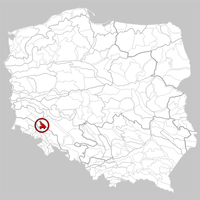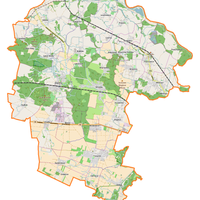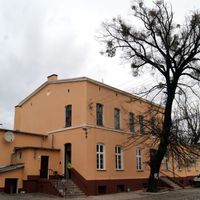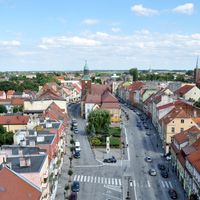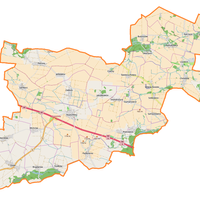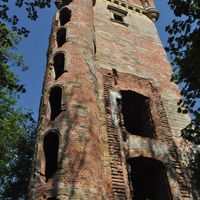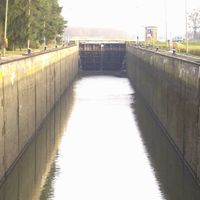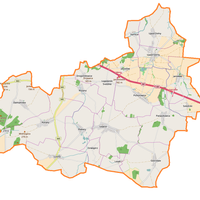Środa Śląska County
7.39
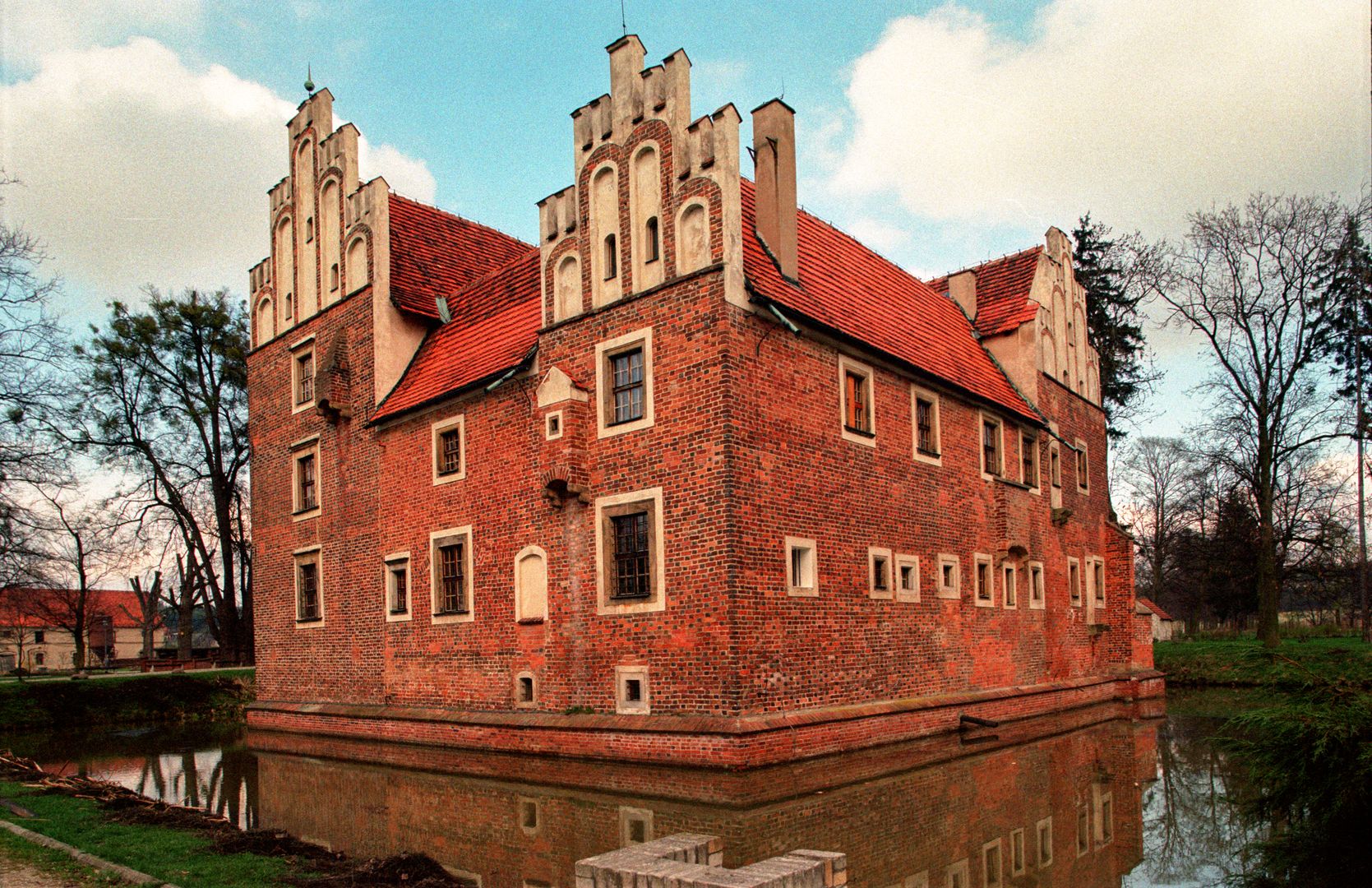
Overview
Środa Śląska County, located in the central part of Lower Silesia, is an area rich in history and diverse architecture. According to data, the county was inhabited by 55,356 people in 2020, and its demographics reflect a blend of cultures and religions, with a dominant presence of the Roman Catholic Church and smaller communities of Greek Catholics and Orthodox believers. The history of the region dates back to the Paleolithic era, and Slavs settled here in the 6th century. In the 12th century, a trading settlement emerged along a trade route, which over time developed into Środa Śląska. The town was granted city rights under German law, adapted to local conditions, which contributed to its cultural and economic development. The county has been under various rules—Czech, Austrian, and Prussian—which influenced its diverse cultural heritage. After World War II, the county was transferred to Poland, and its first starost (head of the county) was Romuald Czapliński. Architecturally, the county features monuments from the medieval period as well as buildings from the Prussian era. The Średzka Upland and the Oder Valley create picturesque landscapes, and the region is home to the "Zabór" nature reserve, established due to its natural richness. The county's economy, with a low unemployment rate of 4.8%, is based on various sectors, and local authorities strive for sustainable development. Established in 1999, Środa Śląska County consists of urban-rural and rural municipalities, including Środa Śląska and Miękinia, reflecting its social and cultural diversity. Over the years, the region has undergone numerous changes, and its history and heritage remain an important part of the local community's identity.
Location
Country
2025 Wizytor | All Rights Reserved
